‘Women push boundaries and bend rules more than men’: Extraordinary pictures by female war photographers on the world’s deadliest front lines
An exhibition in Turin, Italy was showcased pictures by 14 female war photojournalists
The extraordinary pictures were taken in some of the worst war zones in the world, including Aleppo, Syria
The exhibition was dedicated to the memory of Camille Lepage, a French photojournalist who was killed during the conflict in the Central African Republic in 2014
The women recall being shot at, robbed, accused of spying and sexually harassed
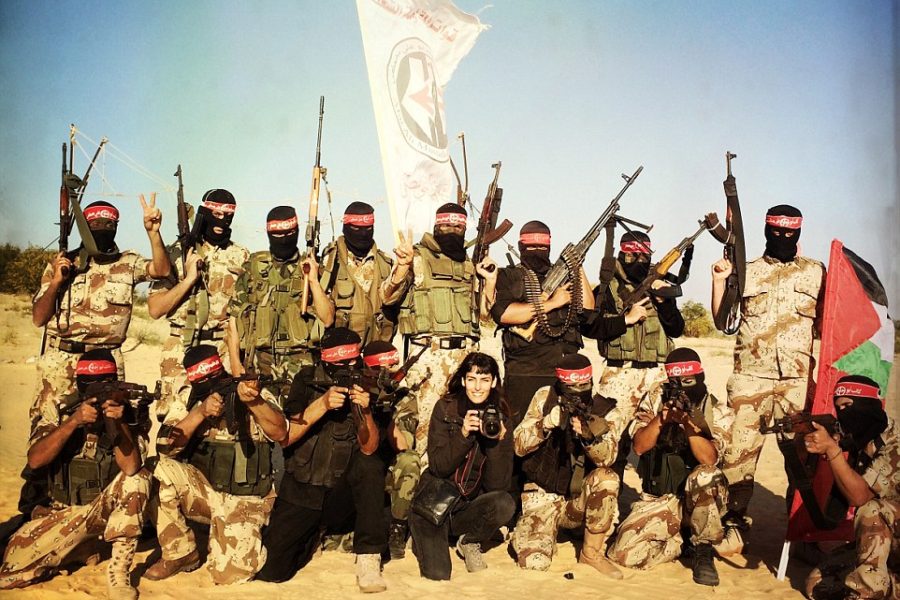
An exhibition of war photographs taken by 14 young women photojournalists from around the world was displayed at Palazzo Madama in Turin on 7 October 2016 – 13 November 2016.
Visitors were overwhelmed of a total of 70 images by photographers working for leading international media outlets, including Diana Zeyneb al-Hindawi, Matilde Gattoni, Capucine Granier-Deferre, Camille Lepage, and ANSA stringer Shelly Kittleson, among others. The photographs were in colour and black and white and some have been taken using film.

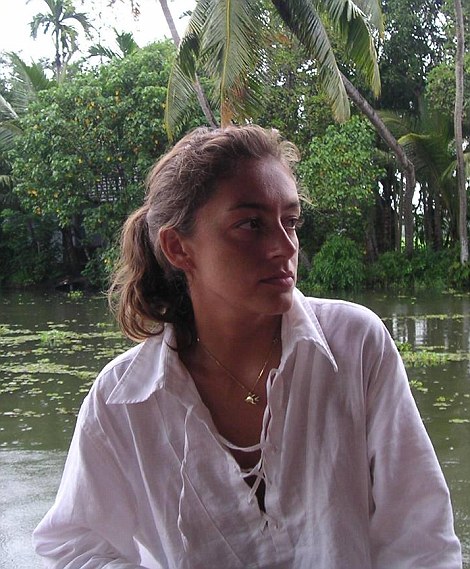
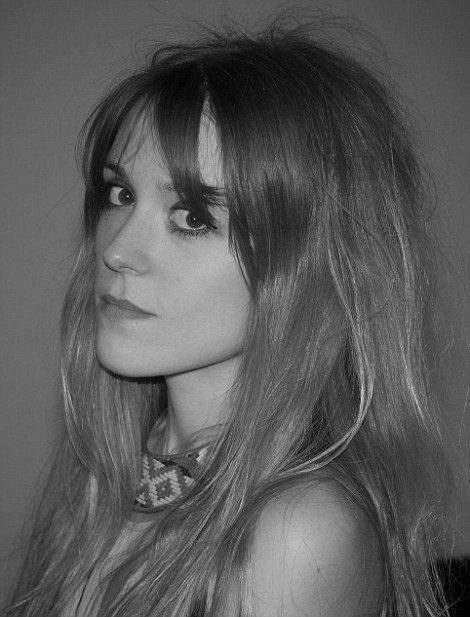
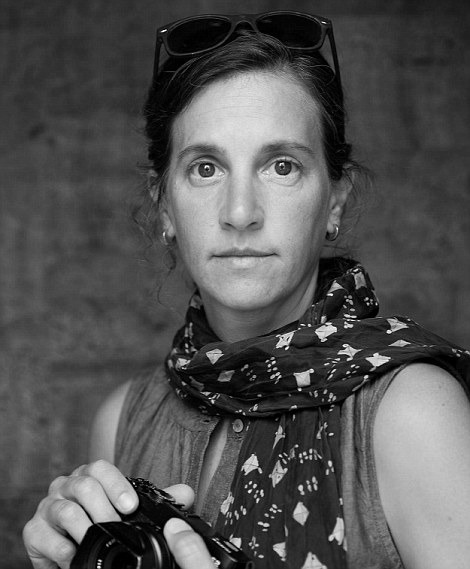
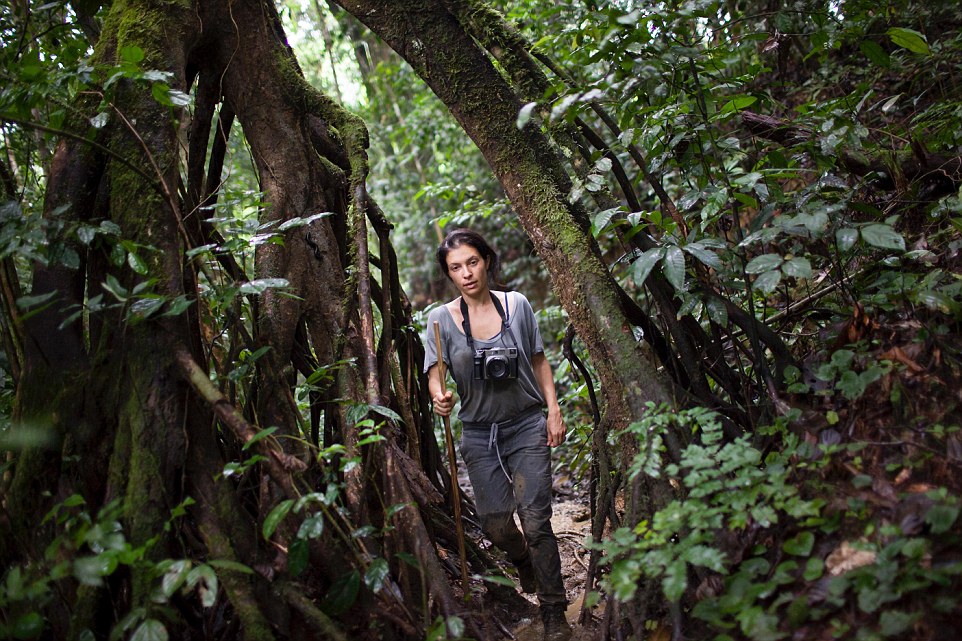
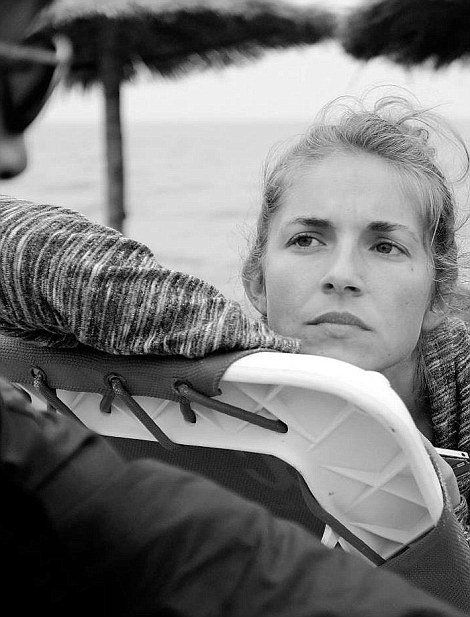
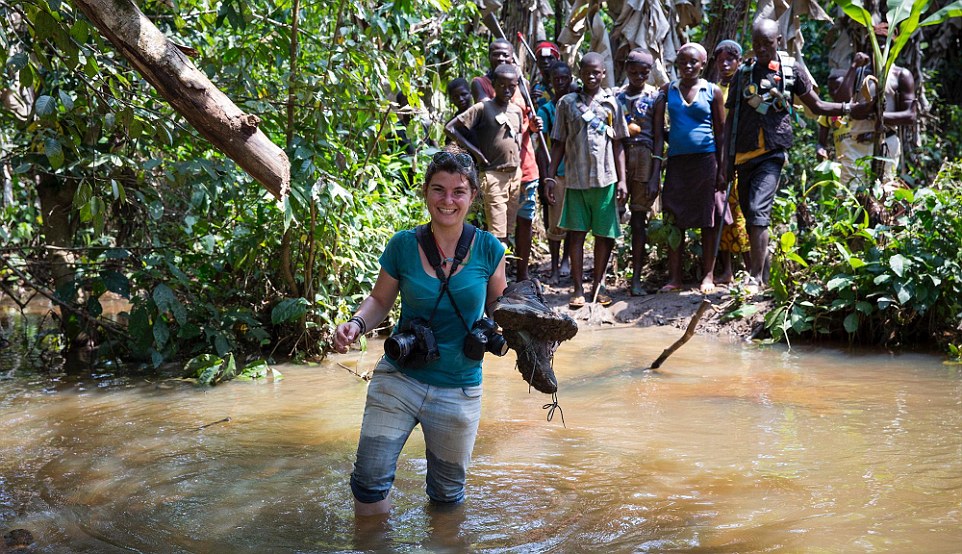
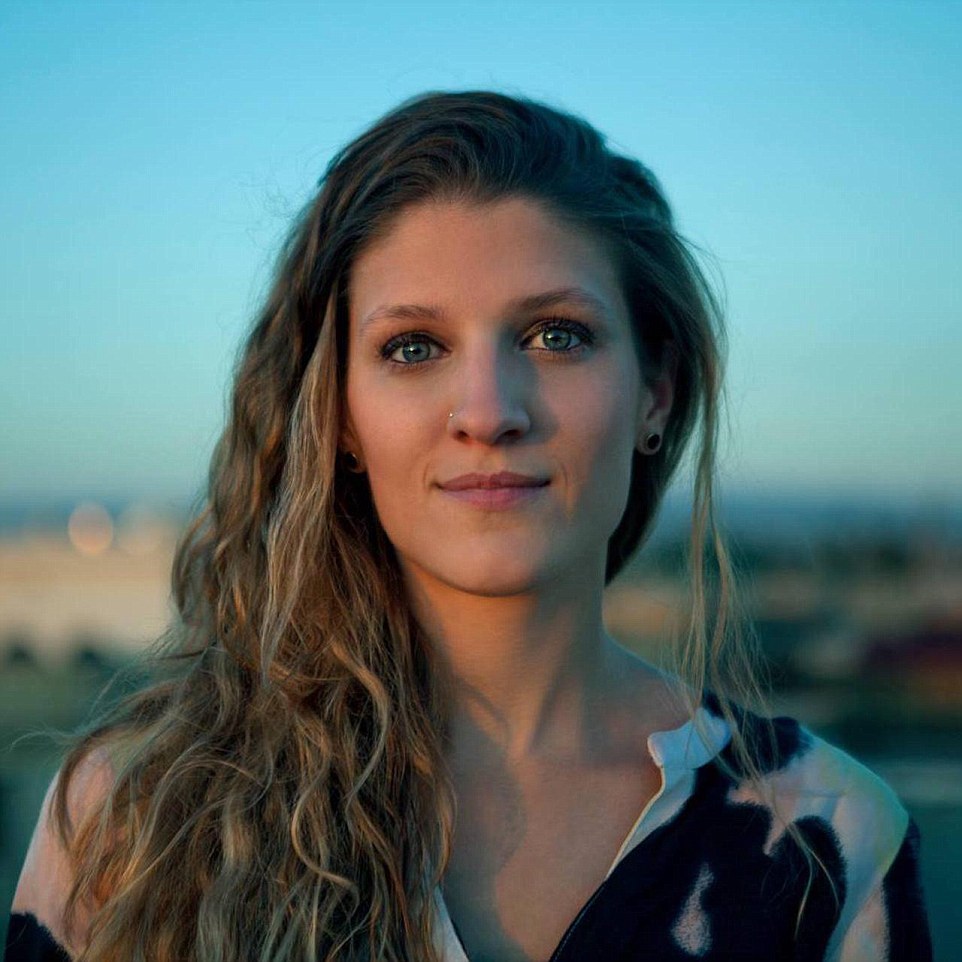
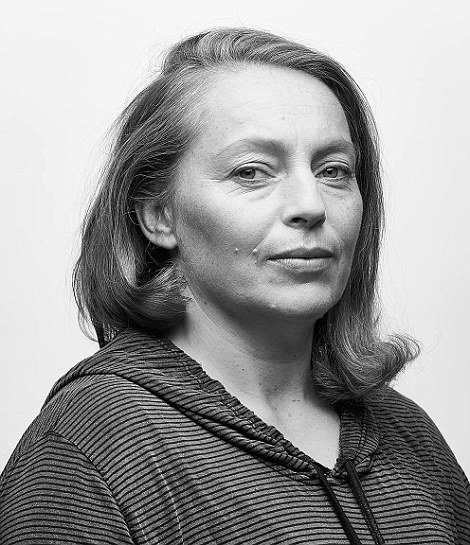

The exhibition, which continued through November 13, was being promoted by freelance women journalists’ association Gi.U.Li.A and local humanitarian group l’Ambulanza dal Cuore Forte (The Strong-Hearted Ambulance) with support from regional cultural authorities.
Sprinting for her life as the Taliban sprayed bullets at her in open ground, Alison Baskerville had to rely on the covering fire of British soldiers to ensure she didn’t die in Afghanistan. Caught in an ambush, she was forced to dive for cover, only pausing when coalition air support arrived to scare the enemy away.
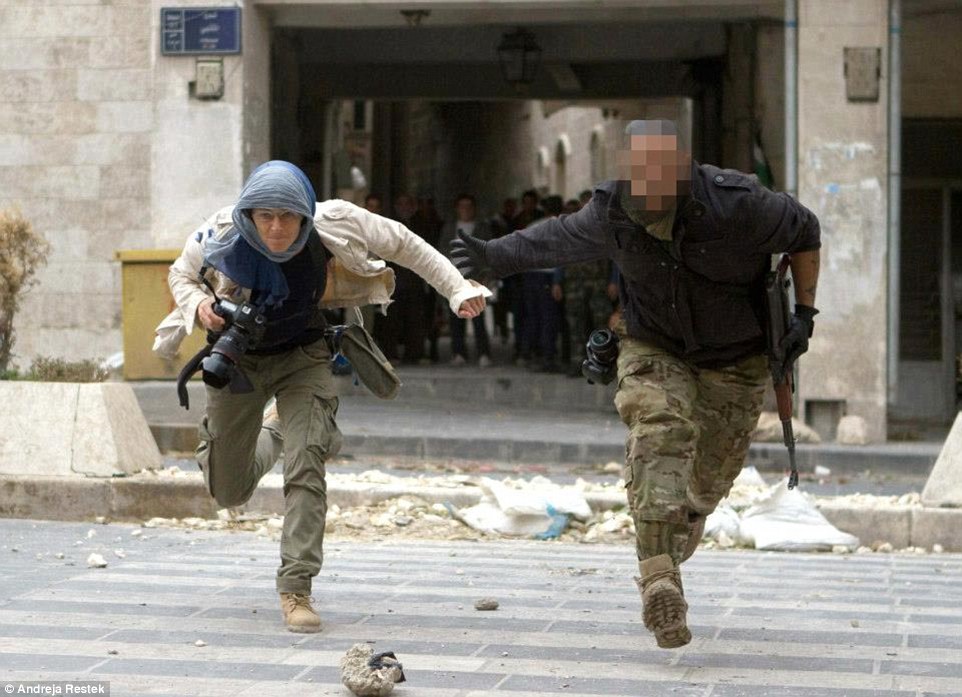
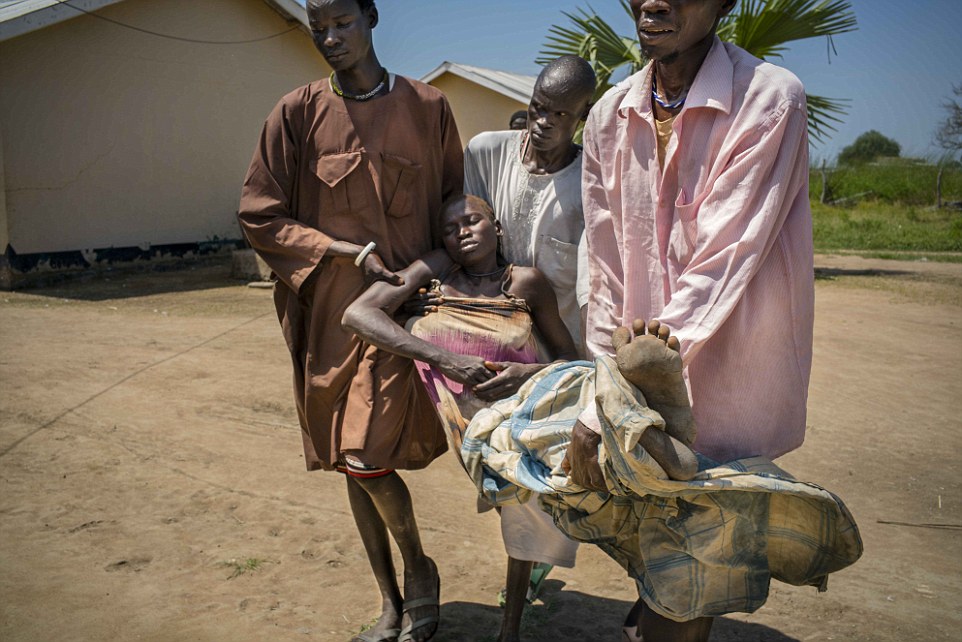
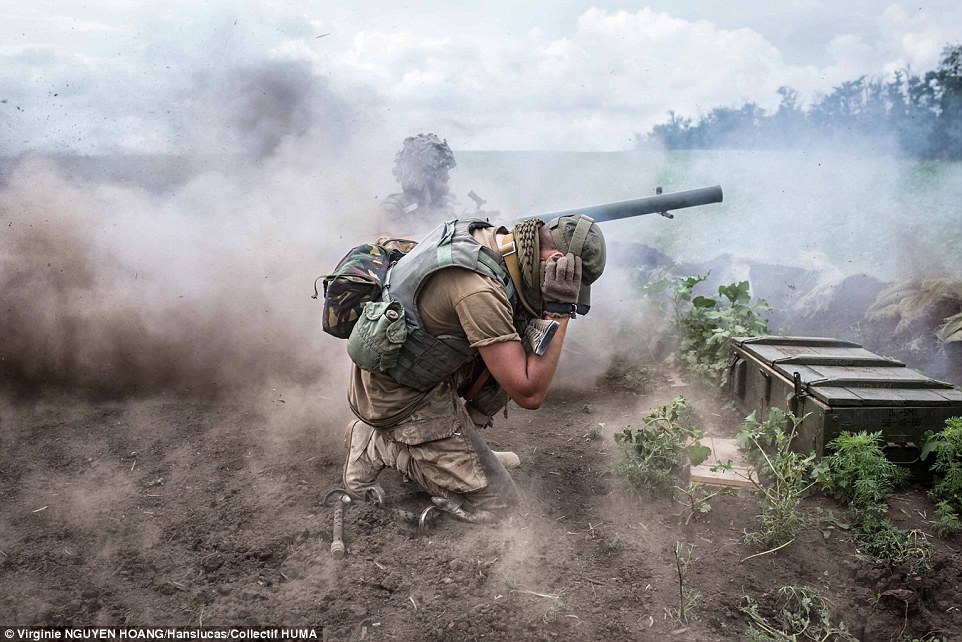
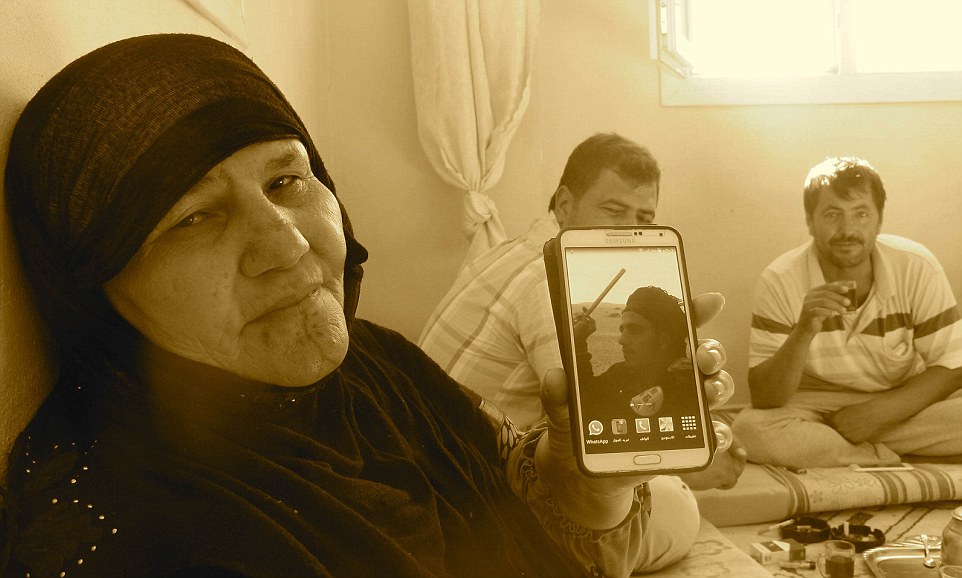

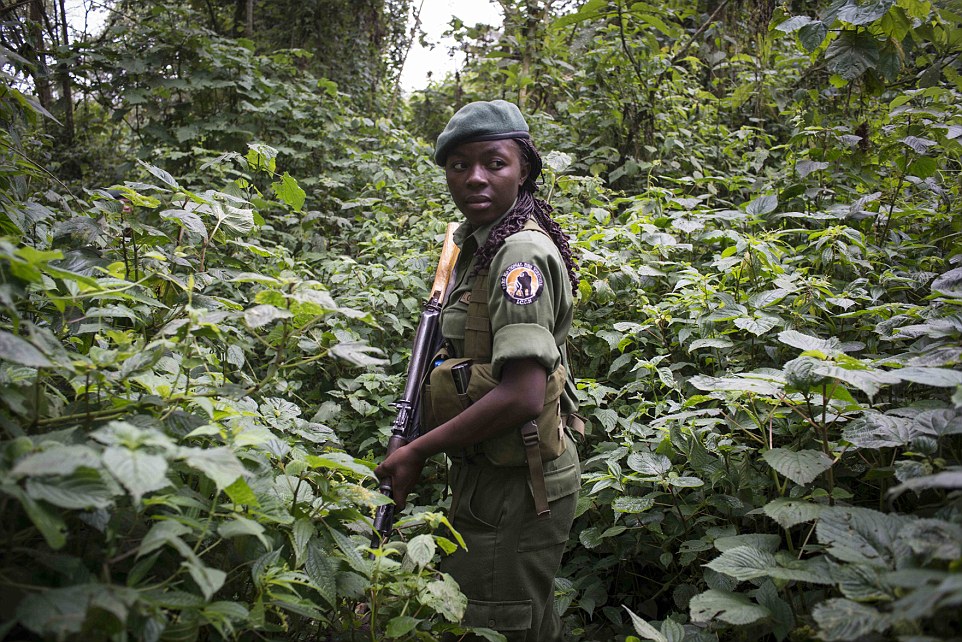
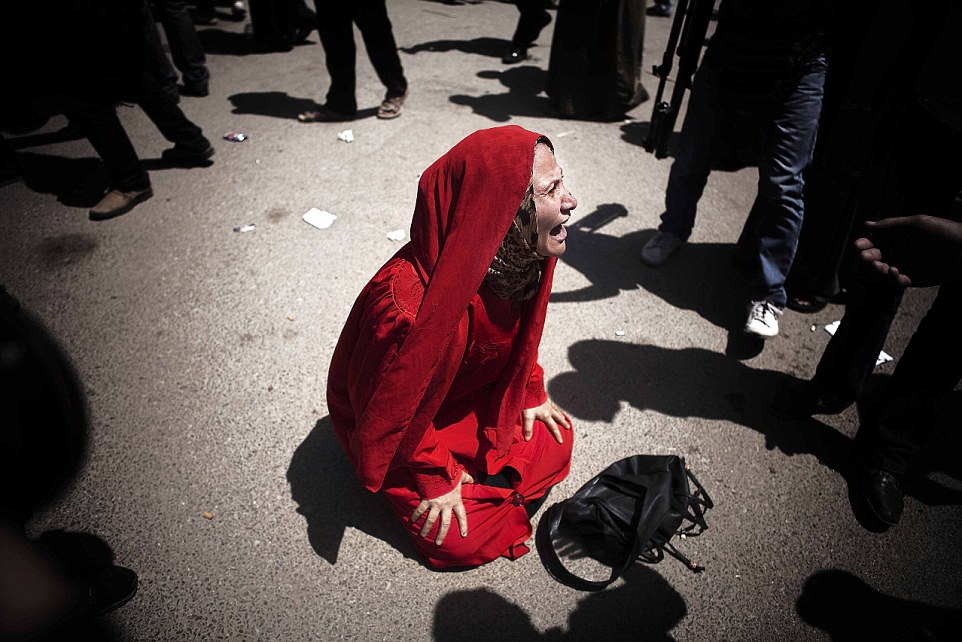
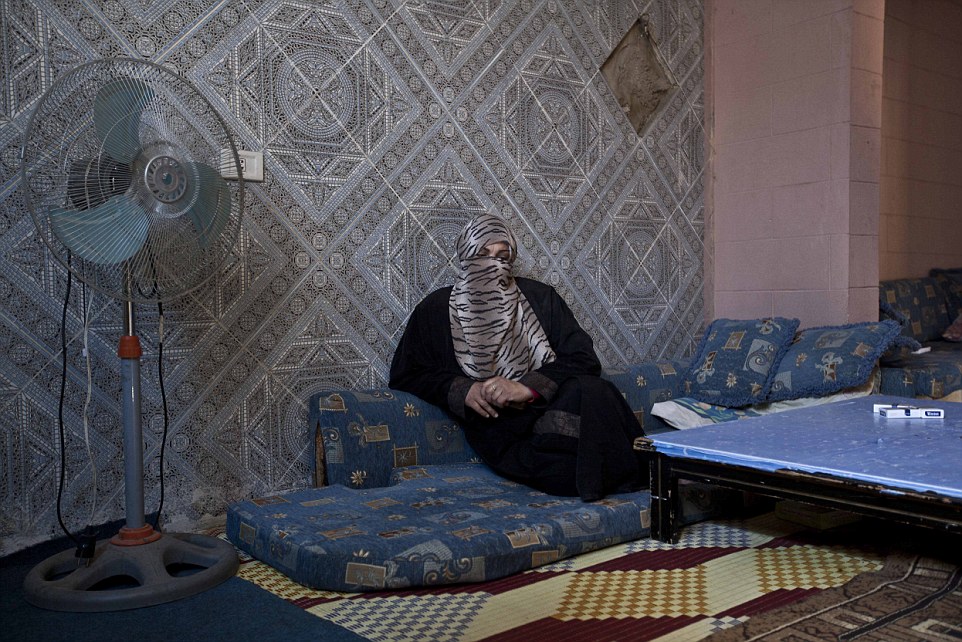
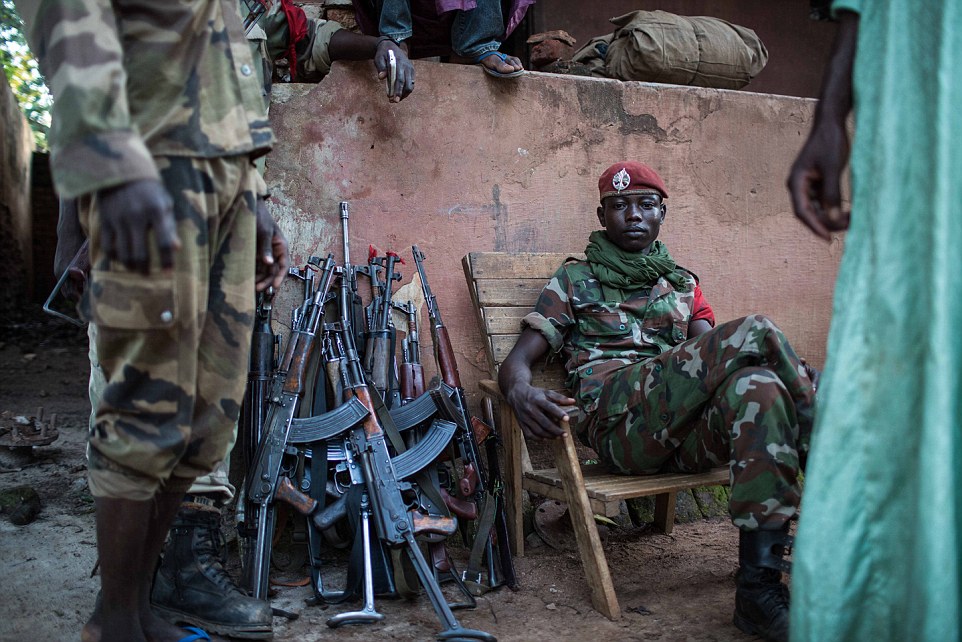
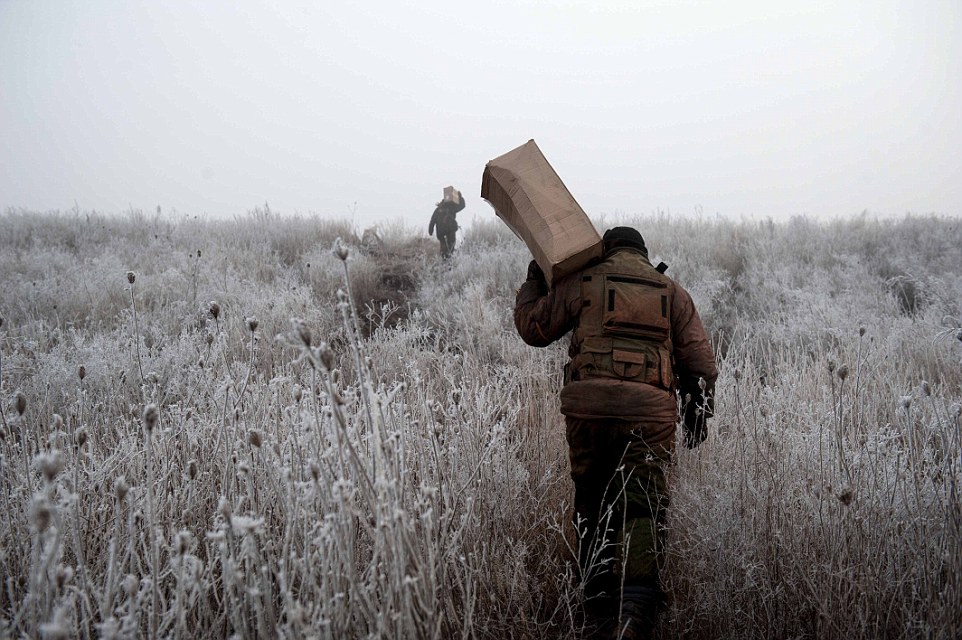

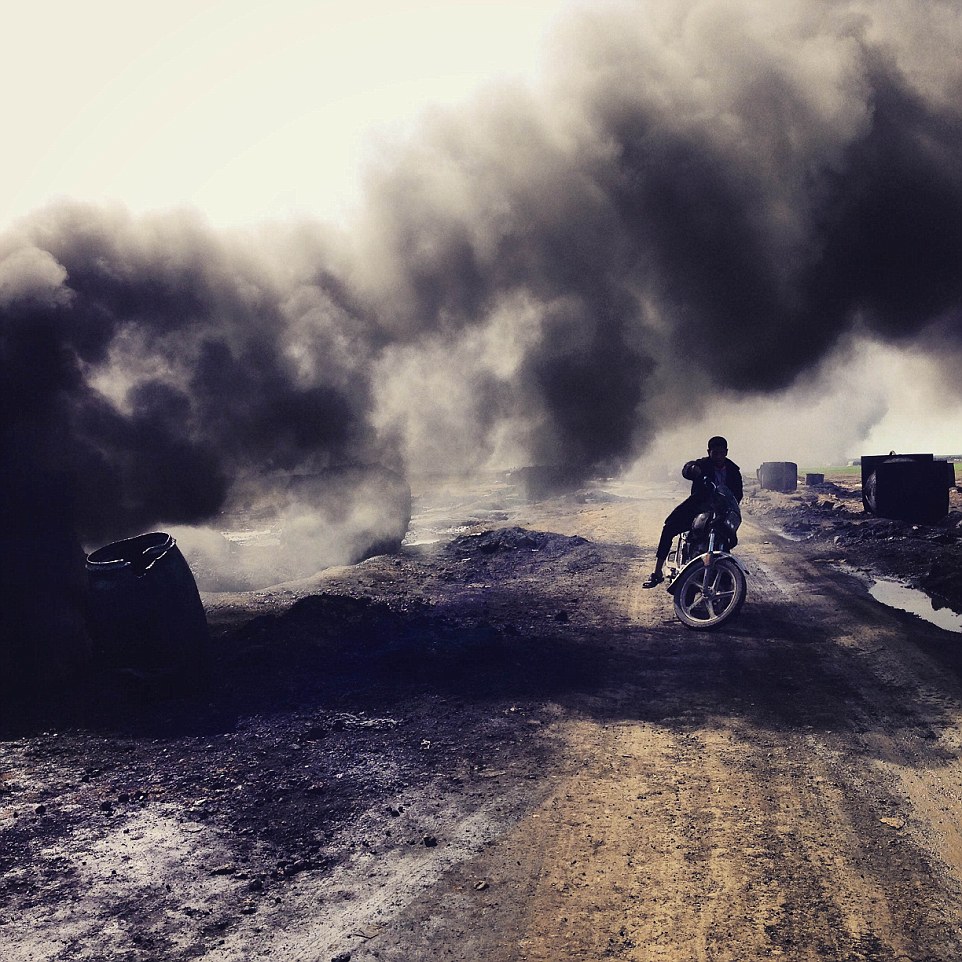
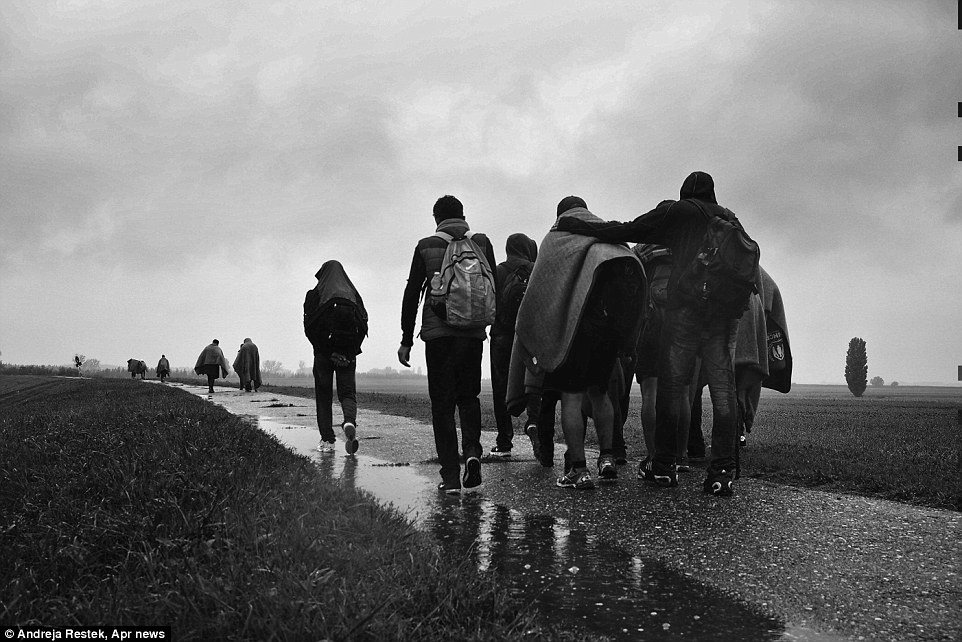
But Baskerville is not a soldier. She is one of a growing number of female photographers putting themselves on the front line of conflicts across the world, to capture at times what their male counterparts can’t. ‘From the streets of Paris to the outposts of Iraq, women are now fighting alongside men and now photographing alongside them also,’ the 41-year-old respected war photographer and former sergeant in the RAF told Mail Online.‘Times are changing, and some of the women I have seen in this industry are brave and confident. They put themselves in danger and challenge the stereotype of women and war.’ Baskerville was accompanying the British Army in Helmand when they came under fire inside a compound: ‘I just remember everyone running.
‘We were in open ground and had been ambushed. There was nowhere to take cover and the infantry had to lay down covering fire so we could escape. ‘Adrenalin took over, and it was the fastest 500 metres I’ve done in body armour. ‘My military background has helped me with my credibility, and somehow does get me a little bit of respect,’ she said. ‘I’m used to dealing in what can be perceived as a man’s world, but I would like that perception to change.
Next month, a museum in Turin, Italy, was also celebrated the role of the female war photographers with an exhibition of works by 14 of them, including Baskerville.
‘Being an an excellent photographer should have nothing to do with your gender,’ Baskerville said. ‘It should be about capability and the images you produce.’ It is impossible to tell from a picture whether it was taken by a man or a woman, she added. Other photojournalists featured in the exhibition said that being female can provide distinct advantages when working in the field, as well as disadvantages.
Diana Zeyneb Alhindawi, 37, a Brooklyn-based photographer of Romanian-Iraqi heritage, said that while working in hostile environments she has been physically attacked, robbed at knifepoint, and accused of being an American spy. Nevertheless, she said, the mere fact that she is female has enabled her to be a more effective photographer.
‘Women get intimate access easier than men do,’ she said. ‘We’re less of a threat and can better convince people to let their guard down around us. ‘I think people relax easier around a female, they say “no” less often if the photographer is a female, and they forget about our presence quicker, which allows us to get candid shots faster.
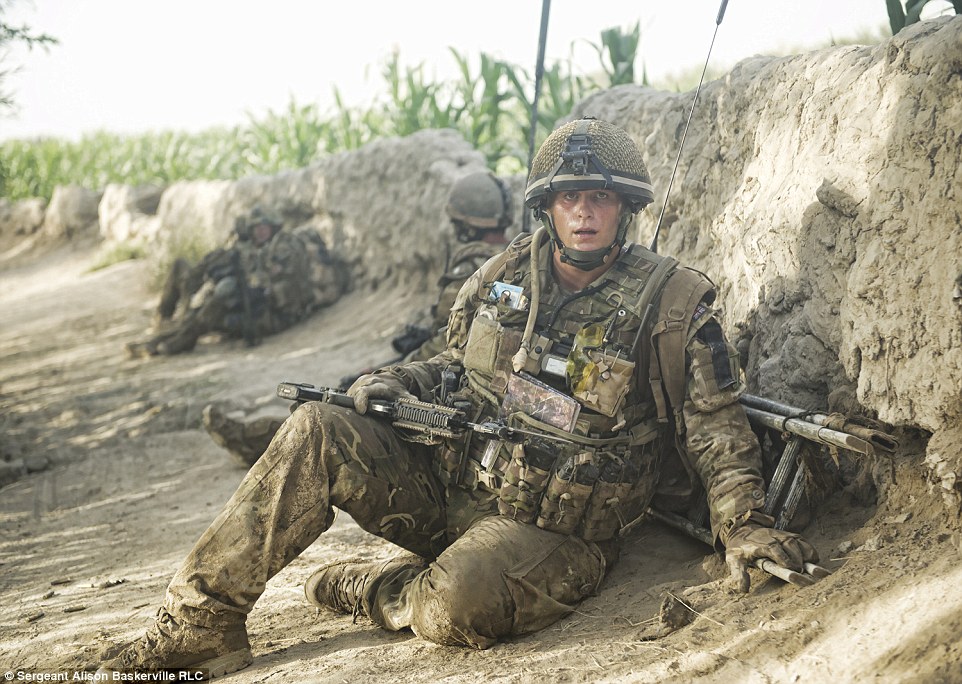
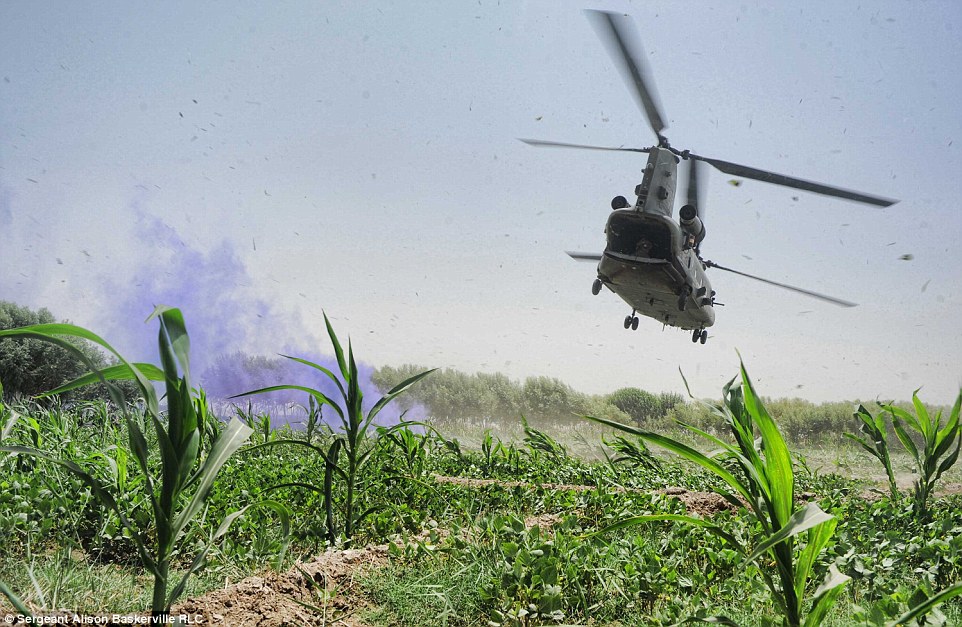
‘We can push boundaries and bend rules a bit more than men can before we’re reprimanded. And even then, because they don’t take me as seriously as they would a male photographer, we’re not kicked out or heavily reprimanded.’
Annabell Van den Berghe, a Brussels-based journalist who is fluent in Arabic and has worked extensively in Iraq, said that unwanted male attention can make her job difficult in the field. ‘Unfortunately, as a woman, male colleagues – whether fixers, translators or other journalists – do not always treat you with respect,’ she said. ‘Finding myself in a war zone with somebody who acts dishonourably and crosses the professional line is the dodgiest thing that has ever happened to me. ‘Often these men see me as their possession, and they believe that they have the right to decide what I do, with who and when – including dishonourable behaviour.’
Van den Berghe has encountered other problems, too. While interviewing a jihadist from the notorious Syrian Jabhat al-Nusra, now rebranded as the Jabhat Fatah al-Sham, she wasn’t allowed to speak to him directly even though there was no language barrier. ‘I needed a translator to translate from woman to man,’ she said, wryly.
Women war photographers have paid the ultimate price for their work. The exhibition is dedicated to the memory of Camille Lepage, who was killed while photographing the conflict in the Central African Republic in 2014.
Lepage, 26, spent 18 months in South Sudan before moving to the Central African Republic a few months before she died. Her final entries on social media said she was travelling with the Christian Anti-balaka militia on motorbike to cover the ongoing fighting in the south west of the country. Her body was discovered in May 2014 by French peacekeeping troops in the west of the country, near the border of Cameroon. The French government described her death as ‘murder’.
The original post can be read here.
